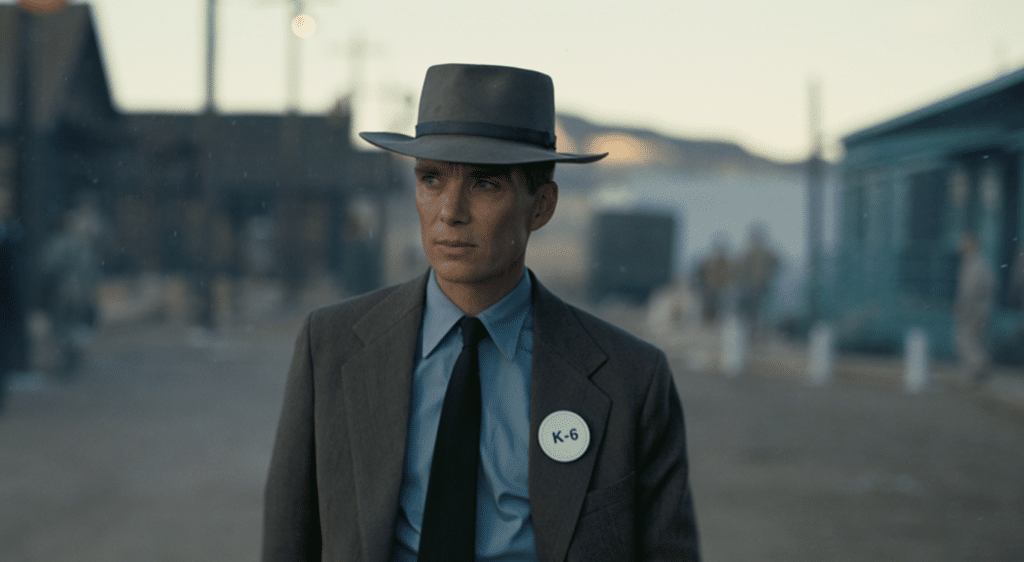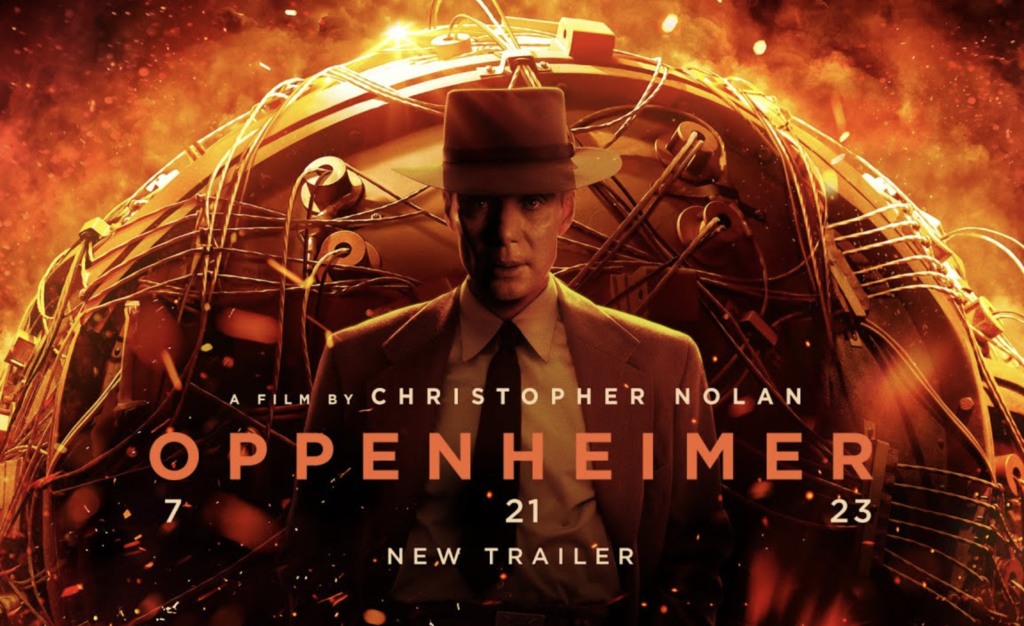J. Robert Oppenheimer, commonly known as Oppenheimer, was an American theoretical physicist and scientific leader who played a significant role in the development of the atomic bomb during World War II. Born on April 22, 1904, in New York City, Oppenheimer is best known for his work as the scientific director of the Manhattan Project, a top-secret U.S. government research program that led to the creation of the first atomic weapons. He is often referred to as the “father of the atomic bomb.”
Oppenheimer’s scientific contributions and leadership abilities were instrumental in the successful development of the atomic bomb, which was subsequently used by the United States in the bombings of Hiroshima and Nagasaki in August 1945. However, his involvement in the creation of such a devastating weapon also raised moral and ethical questions, and Oppenheimer later became an advocate for arms control and international cooperation.
Beyond his contributions to nuclear physics, Oppenheimer made significant contributions to theoretical physics, quantum mechanics, and astrophysics. He served as the director of the Institute for Advanced Study in Princeton from 1947 to 1966, where he worked on various scientific research projects.
Oppenheimer’s life and career were marked by both acclaim and controversy. He faced scrutiny during the post-war era due to his political associations and alleged communist sympathies, which led to a government investigation and the revocation of his security clearance in 1954. Despite this setback, Oppenheimer continued to make contributions to academia and science until his death on February 18, 1967.
In this article, we’re presenting the movie about him, released in 2023.
Oppenheimer: a Review of the Film
In Christopher Nolan’s highly anticipated film, “Oppenheimer,” the life and legacy of physicist J. Robert Oppenheimer are explored through a unique blend of color and black-and-white sequences. While the film’s initial pace may overwhelm, it gradually finds its footing, presenting a compelling dual narrative. The story follows Oppenheimer’s pursuit of creating the atomic bomb and the repercussions he faces years later. Cillian Murphy delivers an exceptional performance as the titular character, capturing Oppenheimer’s haunted persona driven by ambition and the weight of his decisions.

Nolan’s signature style is evident throughout the film, with Ludwig Göransson’s magnificent score and Hoyte Van Hoytema’s awe-inspiring cinematography elevating the storytelling. The use of tight close-ups on Oppenheimer effectively conveys his inner turmoil, and a standout sequence depicting the bomb test showcases Nolan’s ability to craft impactful moments. However, the film’s large ensemble cast can feel overwhelming, and the portrayal of female characters is marred by underdeveloped characterizations. Emily Blunt shines as Kitty Oppenheimer, while Florence Pugh makes the most of her limited screen time as Jean Tatlock.
Nolan’s pragmatic and economic directing style shines through, with meticulously framed shots and a focus on visual storytelling. While personal relationships are touched upon, Nolan refrains from passing judgment on Oppenheimer, allowing audiences to contemplate the ethical implications of his actions. The absence of exploration into the communities affected by Oppenheimer’s creation raises concerns about the film’s limited perspective.
“Oppenheimer” reflects Nolan’s growth as a filmmaker, delivering a more humane and emotionally resonant experience. The film confronts the horrors of Oppenheimer’s story without providing easy answers or absolution. By refusing to depict the destruction caused by the atomic bomb, Nolan highlights the absence of voices and perspectives from affected communities, emphasizing the importance of considering multiple viewpoints.
Conclusion
In conclusion, “Oppenheimer” is a tour de force of Christopher Nolan’s directorial vision, exploring the captivating life of J. Robert Oppenheimer with both visual flair and intellectual depth. From the mesmerizing early scenes depicting Oppenheimer’s visionary mind to the masterful weaving of chronology, psychology, and historical events, Nolan’s film is a testament to his ability to craft immersive and thought-provoking narratives.

Cillian Murphy’s portrayal of Oppenheimer is nothing short of remarkable, capturing the essence of the man behind the creation of the atomic bomb. Through Murphy’s performance, we witness Oppenheimer’s brilliance, inner conflicts, and the weight of his decisions, bringing an emotional resonance to the character that lingers long after the credits roll.
Nolan’s skillful direction shines throughout “Oppenheimer,” deftly balancing the complexities of science, politics, and personal turmoil. The film’s visual prowess, with its stunning depiction of particles and waves, reflects Oppenheimer’s inner spirit and adds a touch of the fantastical to the narrative. It is a reminder that within the scientific realm lies a world of wonder and consequences.
While “Oppenheimer” bears the trademark style of a Christopher Nolan film, it also stands as a testament to the remarkable story it seeks to tell. Through Nolan’s cinematic lens, we are invited to contemplate the moral implications of scientific advancement and the responsibilities that come with wielding great power.
In the end, “Oppenheimer” is a cinematic triumph that combines historical accuracy, visual splendor, and emotional depth. Nolan’s exploration of J. Robert Oppenheimer’s life leaves a profound impact, challenging audiences to grapple with the complexities of humanity and the choices we make in the pursuit of progress. It stands as a testament to the enduring power of film to enlighten, provoke, and spark meaningful dialogue.

